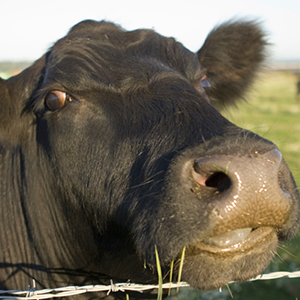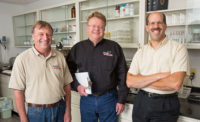The times, they are not a-changin’ — they’d changed long ago in the realm of food safety and security.as such, any processors, packers or producers who have not embraced the idea that their supply chain is vulnerable are putting their product in serious danger of anchoring all the wrong kinds of headlines.

|




Report Abusive Comment